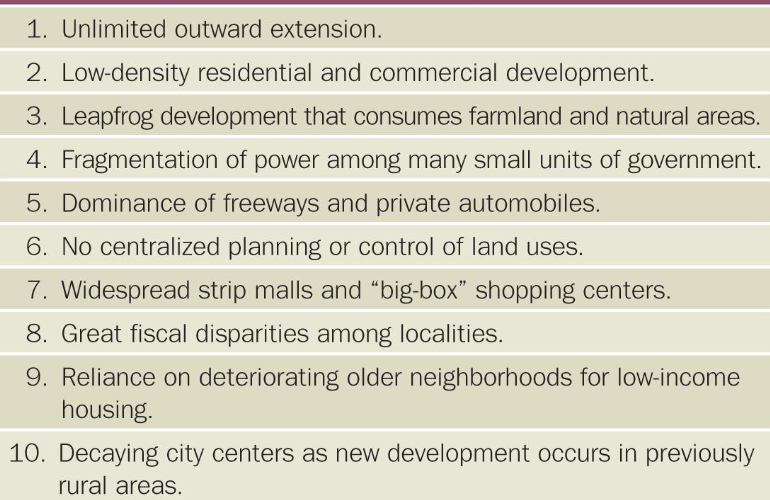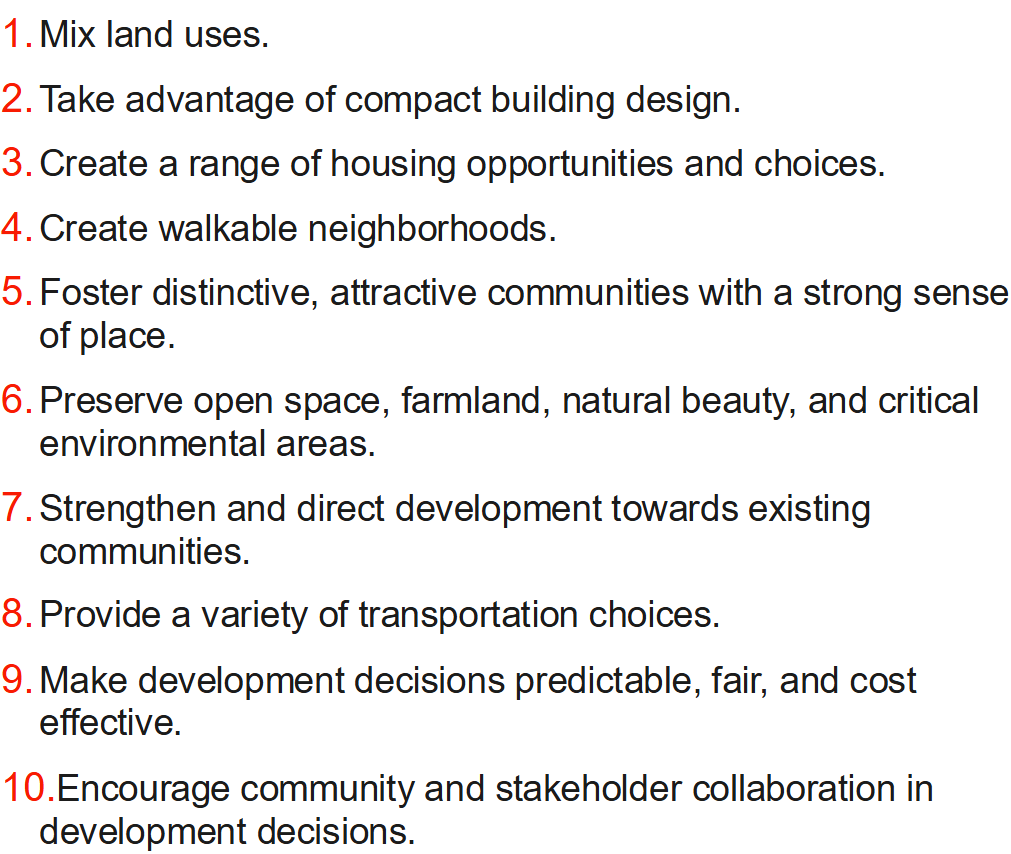Environmental Science Final Review New Content - Binghamton
1/50
There's no tags or description
Looks like no tags are added yet.
Name | Mastery | Learn | Test | Matching | Spaced |
|---|
No study sessions yet.
51 Terms
What are some trends related to U.S. waste and disposal methods?
50% is landfills, about ¼ is recycled, and the rest is alternative disposal methods like incineration
23% of waste created is paper/cardboard, 22% is food, 13% is lawn trimmings, 12% is plastic, 11% is textiles and other, 6% is wood, and 4% is glass
What is the EPA waste management hierarchy?
Landfilling:
burying waste in designated areas
Incineration:
burning waste and possibly recovering energy from it
Recycling:
processing and reusing waste material
Composting:
organic waste decomposed into nutrient rich compost
Anaerobic digesters:
Microorganisms breaking down organic material in the absence of oxygen
Reuse/upcycling:
Using items again or using them creatively in a different way
Hazardous waste Treatment:
Specialized methods for dealing with chemicals, batteries, etc.
What are trends by country related to how they handle their waste?
US is half landfills and about ⅓ recycled
Europe is around half recycling, and very little landfills, and the rest being incineration
What is the definition of recycling?
Reprocessing discarded materials into new, useful products.
What did we discuss related to challenges of recycling
and specifically plastic recycling?
Only about 5% of plastic waste is recycled, this is because people tend to put the wrong items in recycling,
What’s going on with China and waste and what have been the international effects?
They banned the importing of plastics and other waste so the processing of these has been offloaded to other southeast asian countries
What is the definition of composting?
Type of recycling that converts organic waste into soil enriching fertilizer
What are anaerobic digesters?
Organic matter is broken down by bacteria, bacteria release methane which is captured and burned for heat and electricity.
What are some environmental and economic benefits with
anaerobic digestors that are featured in the video we watched in class and linked on the webpage?
Remaining organic matter can be used as fertilizer, and the energy created can help economically
How is Love Canal connected to hazardous waste? What are policies related to Love Canal that we discussed in class?
A neighborhood in Niagara Falls, New York, which became the subject of national and international attention, controversy, and eventual environmental notoriety following the discovery of 21,000 tons of toxic waste buried beneath the neighborhood.
RCRA (Resource Conservation and Recovery Act) - it regulates waste from the moment it’s generated through its storage, transportation, treatment, and final disposal.
CERCLA (Comprehensive Environmental Response, Compensation, and Liability Act): addresses the cleanup of sites contaminated with hazardous substances and pollutants.
What is phytoremediation? What are examples we talked about in class?
Using plants to clean up soil contaminated with pollutants or hazardous waste. Examples are sunflowers used near nuclear power plants and Poplar trees used for degrading organic solvents
What are general trends we’re seeing with people living in cities/moving to cities? Projected
for the future? More or less people living in cities?
More people are moving to urban areas generally and 56% of the population lives in urban areas
More people will be living in cities
What are different ways to define a city?
census defines a city as an urban area with more than 2500 residents, but definitions are based on the function of the area
Why are cities growing in size? What are examples we discussed?
A natural increase in human population
More immigrants into the US move to cities generally
Push Factors: population growth and unemployment in rural areas, economic forces
Pull factors: excitement of cities, jobs, housing, entertainment, and freedom from the constraints of village traditions
What are some problems with population increases in cities?
Air pollution, water shortages, lack of housing
What is urban sprawl? What are different characteristics of urban sprawl?
The process of urban areas expanding outwards, usually in the form of suburbs, and developing over fertile agricultural land
lowers population density, consumes open space, generates freeway congestion, and causes decay in central cities.

What are some environmental issues with cars?
They take up lots of space and emit GHGs
What is smart growth? What are some features/examples of smart growth?
strategies for well planned developments that make efficient and effective use of land resources and existing infrastructure

What is conservation development/cluster development/open-space zoning?
Conservation development: Consideration of landscape history, human culture, topography, and ecological values in subdivision design. Using cluster housing, zoning, covenants, and other design features, at least half of a subdivision can be preserved as open space, farmland, or natural areas.
Cluster development: Industry and homes grouped together. Leaves part of land undeveloped. Component of PUD. Zoning ordinance may allow smaller lot size.
Open space zoning: the amount of open area on a zoning lot in the form of percentage relative to the building square footage
What is the definition of economics – how are economic decisions determined?
A social science that deals with the production, distribution, and consumption of goods and services to satisfy people’s needs and wants
Determined by supply and demand, and cost benefit analysis
Natural capital:
Natural resources and natural services that keep us and other species alive and support our economies.
Human capital:
the skills and knowledge gained by a worker through education and experience
Built/manufactured capital
all goods and services that humans produce
Neoclassical economics:
view the earth’s natural capital as a part of the human economic system – the potential for economic growth is unlimited – and we can find substitutes for any resource or ecological service that is depleted or degraded
Ecological Economics:
There are no substitutes for many natural resources – including clean water, clean air, fertile soil, biodiversity and they provide important ecological services
What are different ways to value natural resources, including nonuse values?
Costanza: Values 17 ecosystem services which is combined to be about $125 trillion a year
Nonuse: aesthetic (a value placed on a forest or species due to its beauty) and existence value (A value placed on an old-growth forest or endangered species just because it exists)
Why turn natural capital into monetary values?
Can help to assess cost-benefit analysis (compare estimated costs and benefits of actions such as implementing pollution control regulation, building a dam, preserving a forest, etc.)
What is the difference between market pricing and full pricing?
Market Pricing: reflects only the direct costs of producing and selling a product,
Full Pricing: actual internal costs plus actual external costs (direct costs and indirect costs not included in price and affecting people other than buyer and seller)
Be able to explain the other economic tools that can be used to address environmental
problems (specifically environmental indicators and examples we talked about with green
businesses).
Environmental taxes to make it less convenient for businesses to use harmful methods that hurt the environment
Environmental indicators such as carbon footprint, Air quality index, etc. that help track the toll the environment is taking
Green business practices such as using recyclable materials, renewable energy, and offsetting carbon footprints
Product labeling and certification such as energy star (energy efficient), USDA organic, and Forest stewardship council for sustainable wood, so that consumers can choose to buy from companies that they know are sustainable
Policy
laws and regulations enacted and enforced by the government
Politics
the process by which individuals and groups try to influence or control the policies and actions of government at the local, state, national, and international levels
What is the policy lifecycle?
How does the media influence the policy cycle?
Media coverage influences what problems people are seeing, so it sets the agenda for what changes people want to see, meaning new bills will be created based on what they show
E.g. - Cuyahoga River fire Cleveland 1969, Pollution and the Clean Water Act
In general – how are policies made?
bill is created, sent to committees, go to congress, senate/house to be passed
President can veto a bill, but ⅔ majority in House and Senate can override
What are the three branches of government – what role do each of them have in
policymaking? How did the Chevron Deference decision change this?
Judicial: Interprets laws
Executive: Enforces laws and creates executive orders
Legislative: Creates laws
Chevron Deference Decision: Gave executive branch power to make reasonable interpretations of the law, effectively differing to the experts in the field to make decisions on how exactly to interpret and carry out the law
How are the courts involved in policymaking? Know specifics on the cases we discuss in class including Held v. Montana.
The courts interpret ambiguous laws so they shape the actual meaning and enforcement of the laws
Youths in Montana sued the state for violating their right to a clean and healthy environment (in Montana’s state constitution) because of their promotion of fossil fuels
The youth won the trial so climate change must be considered in environmental impact reviews
How is the executive branch involved in policymaking?
The executive branch has agencies that effectively enforce laws, additionally, the president can veto laws, and sign executive orders to make things happen without the need to make completely new laws
Who are the Leaders of some of the Executive Agencies?
Lee Zeldin: USDA (United States Department of Agriculture)
Doug Burgum: Secretary of Interior
Brooke Rollins: EPA (Environmental Protection Agency)
What is the history/context of the first Earth Day?
It was a demonstration of people who had concerns about a scientists findings that in 200 years the earth’s temperature could raise so much as to melt glaciers and flood many areas
Every year since people have celebrated the day of the first demonstration with Earth day
What is NEPA? Know details based on what we discuss in class.
National Environmental Policy Act: oversees actions by federal agencies and requires them to make an Environmental Impact Statement before they make any action
What are examples of some different environmental organizations we discussed?
World Wildlife Foundation
Audubon Society
National Resources Defense Council
What did we discuss in class related to environmental education?
National Environmental Education Act
In order to appreciate and want to protect nature, people must learn about the environment
What is citizen science? What are some examples we discussed?
Where regular people take part in collecting data for research purposes which helps scientists to be able to have a large sum of data from lots of different places
Examples: eBird for birdwatchers to log the birds they see, iMap invasives to map where invasive species are in the environment
What did we discuss related to consumption? How was your environmental footprint
calculated based on the activity we did in class (i.e., what were the different categories)?
Consumerism leads to people buying things they don’t actually want or need, which has negative consequences on the environment
Home, Food, Travel, and Stuff were the categories
I scored very high overall with the highest being transportation because I drive my own car